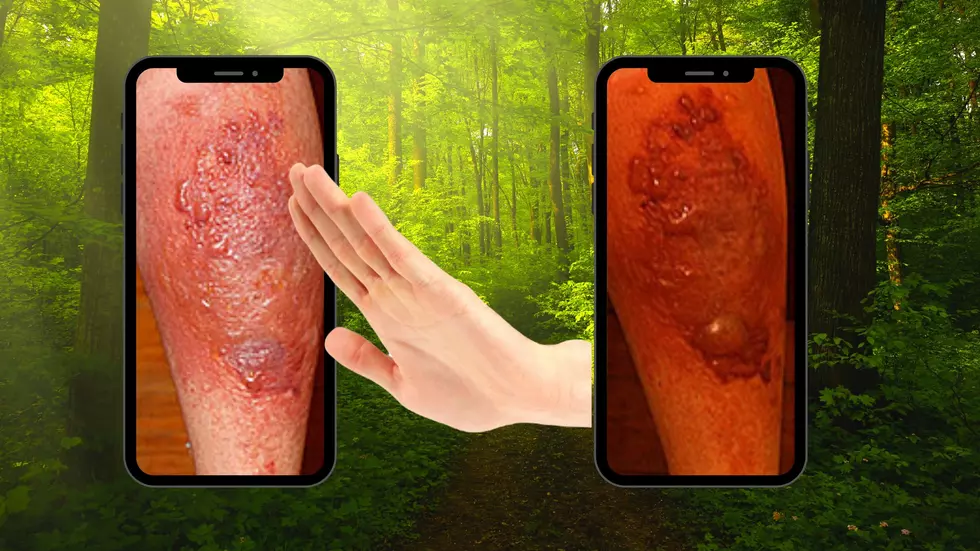
Steer Clear of Dangerous Plant That Causes Painful Burns & Permanent Scars
Tis the season for Hogweed in New York, the "very large, dangerous and invasive" plant that causes painful burning and permanent scarring. The New York Department of Environmental Conservation is warning Central New Yorker's to steer clear of it and if you see it, report it!
Brushing against or breaking the plant releases sap that, combined with sunlight, can cause a severe burn within 24 to 48 hours. This reaction, known as phytophotodermatitis, can also cause discoloration of the skin and increased sensitivity to sunlight that may last for years.
Anyone that comes in contact with the giant Hogweed suffers from painful blisters that form within 48 hours. Scars from the blisters can last anywhere from a few months to a few years.
Close to 2,500 giant hogweed sites have been confirmed in 51 counties, with the majority of active sites concentrated in Central and Western New York.
"With the assistance of our local partners, DEC's Giant Hogweed Program has made excellent progress in removing this dangerous invasive from New York communities," said Commissioner Seggos.
"DEC not only works to eradicate this health hazard, but also to raise public awareness about how to recognize it, avoid it, and report it. We urge New Yorkers to stay vigilant and report potential giant hogweed to DEC, especially during the next few weeks as the plants begin to bloom and become more noticeable."
Crews visited nearly 2,000 sites to survey or control giant hogweed in 2018, removing approximately 678,000 plants. This year, the DEC is asking for your help locating the plant that is currently flowering, making it one of the easiest times of the year to see it.
White flowers with 50-150 flower clustered into an umbrella
Between 7 and 14 feet tall
Green stems with purple splotches and coarse white hairs
Many plants are often misidentified as giant hogweed, the most common being cow parsnip. Check out the chart of common look a likes at DEC.NY.gov.
*Wash the affected area thoroughly with soap and COLD water as soon as possible
*Keep exposed area away from sunlight for 48 hours
*If a reaction occurs, topical steroids applied early can reduce the severity of the reaction
*If sap goes in eyes, rinse them with water and wear sunglasses
*If a reaction has occurred, the area of skin may be sensitive to sunlight for a few years and you may want to apply sun block or keep the affected area covered from the sun when possible
*DO NOT use a "weed-whacker" or brush cutter - sap may splatter as stems are cut
*Mow ONLY if there is no flower or seed head yet. You'll need to repeat three times a year for several years
OR
*Cut down to ground level and cover the soil with black plastic or landscape fabric with mulch on top
OR
*Cut the root, which is ideal for a single plant or small infestations, approximately six inches below ground level using a spade, shovel, or anything with a large sharp edge
If you find giant hogweed, DO NOT TOUCH. The DEC asks you to take photos of the entire plant (stem, leaves, flower, seeds), note the location, and send a report with the information to ghogweed@dec.ny.gov, by text to 518-320-0309, or by calling 845-256-3111.
Hogweed isn't the only plant to keep an eye out for this Summer. Wild Parsnip is also spreading in central New York.
More From Big Frog 104









